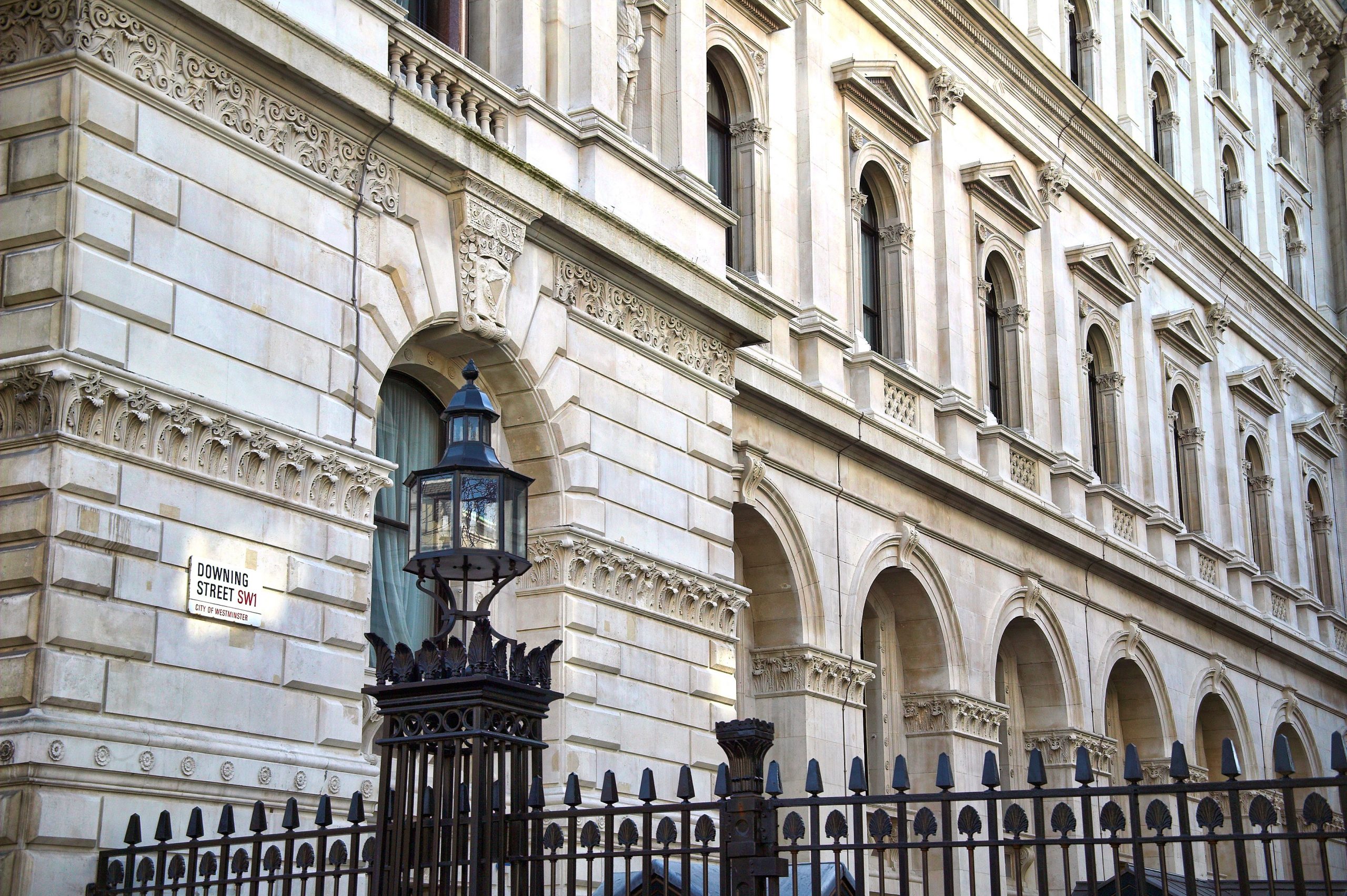As well as knowing what is happening in parliament, good public affairs advice needs to draw on government communications. But these are changing and we need to be keeping track of how they are developing, and learn lessons.
It has often been the case that some good media monitoring has kept us up-to-date with official government communications. But Alex Aiken, executive director of the Government Communication Service recently outlined in ablog, and covered inPR Week, how he sees government communications developing.
It seems that there are big changes on the way, in particular looking at ways in which communications can be made directly rather than relying on conduits which could alter the aims of the work:
‘Whatever means of delivery we choose, we need to minimise opportunities for our messages to become diluted or distorted. Direct communication helps us to get our messages out more quickly, and creates better conditions for building trust and providing information about government services.’
So we need to be on the lookout for these types of direct measures and be less reliant on simply paying attention to traditional media channels.
For Aiken, the issue isn’t just one of potential distortion but also of developing ways in which trust can be rebuilt:
‘In an age of disinformation and diminished levels of trust, we need to deliver our messages to the public using the most direct route. Digital and social media make this easier to achieve. From video and live content to using owned and shared channels, we need to find new ways to cut through overcrowded, noisy online spaces.’
So this provides an indication of where we in public affairs need to look for our information and the sorts of formats it will be in as well.
The valuable role of data and insight to inform their work is also highlighted by Aiken – ‘Intelligence is everything.’
We can start to see how things are moving through the example of Transport Secretary, Grant Shapps MP, who has taken to blogging. A second blog on the Northern Powerhouse was recently posted in which he highlighted the role of the North East in the development of the green economy and applied some practical examples to the recent spending review showing how the measures will work locally.
So our public affairs engagement needs to reflect these sorts of changes and new information sources. These could include:
- paying attention to the new channels, not getting caught out;
- utilising the information in your engagement, not a media interpreted version;
- being open to being a potential conduit for direct engagement;
- ensuring that you can help, wherever possible, inform the insights needed by the communicators and
- considering whether engagement may be possible through these new channels as well?
Aiken also highlights a lesson to public sector communicators that should apply equally to us all:
‘Automation and artificial intelligence are already replacing some aspects of communications. To future-proof our expertise, we need to constantly reinvent and upskill ourselves to use emerging technologies and adapt our practice.’
So communications will continue to develop, so we in public affairs need to as well if we are to remain relevant and deliver effective engagement.

